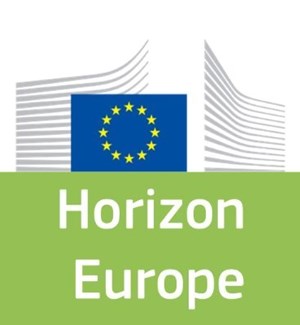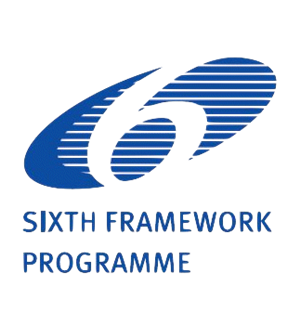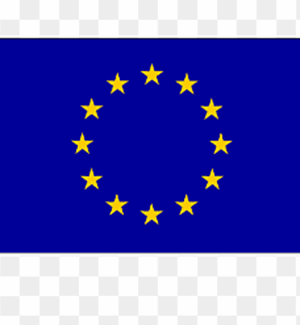- Hamos GmbH Recycling- und Separationstechnik - Germany,
- Industrias de Condutores Eléctricos eTelefónicos F. Cunha Barros S.A. - Portugal,
- SOLVAY S.A. - Belgium,
- TECHNOMETAL SRL - Italy
Objectives and content: In cable recycling most effort is put in the recovery of metals. Cables are shreddered, the metal liberated and removed. However, 45% of the weight of the cables consists of plastics, mainly PVC (70%) which are put to landfill (400.000 tons/year in Europe). The reason for not recycling PVC, although it is very high quality PVC, is that rubber is present in the plastic scrap. PVC and rubber have the same density range and until now there is no technical solution available for separating these two plastics in large quantities. When a PVC-rubber mixture is re-processed, the rubber degradates and causes air bubbles resulting in a low PVC quality. The aim of this project is to recycle the PVC. The quality will be so good that it can be reused in cables again. In this project PVC will be separated from rubber and PE using the tribo-electric charging phenomenon. Tribo-charging is the process in which two bodies are contacted and separated again with the result that each body becomes opposite electrically charged. Scouting tests have shown very promising results but not reliable, probably due to different charging conditions and differences in input material. Therefore, very important in this project is the development of a novel pre-treatment and charging of the plastics mixture to ensure selective and constant charging so separation can take place with a PVC grade >99.5%. To remove the last percentage of metal and cross-linked rubber, melt filtrationis the most suitable technique. Current problems for introduction are the high price for this upgrading (purification) step and relative long metallic wire still passing the filters causing electrical inferior PVC. In this project a combination of a cascade metal detection and a novel labyrinth filter will be developed enabling an increase in throughput of the melt filtration and guarantee a rounded metallic percentage <0,1-%.Both for the tribo-electricseparation and the upgrading step a prototype will be constructed and tested. A power-cable will be re-designed and produced to incorporate as much recycled PVC as possible. BE97-4723
Want to analyze based on this project via our analysis tool? Analyze this project
Knowledge Gaps
Commercial-related uncertainties
Characteristics of plastic-general
Characterization test methods
Monitoring and detection equipment



